Hydroponics and Aquaponics are two similar techniques that promote faster growth in plants and vegetables. Both of these systems can be made small enough to fit on kitchen countertops, or large enough to be used by commercial farmers.
There is one major difference between Hydroponics vs Aquaponics that separates the two types of systems – Fish.
In this article, I’ll define and compare the two techniques to help readers make an educated decision as to which technique is best for them.
What is Hydroponics?
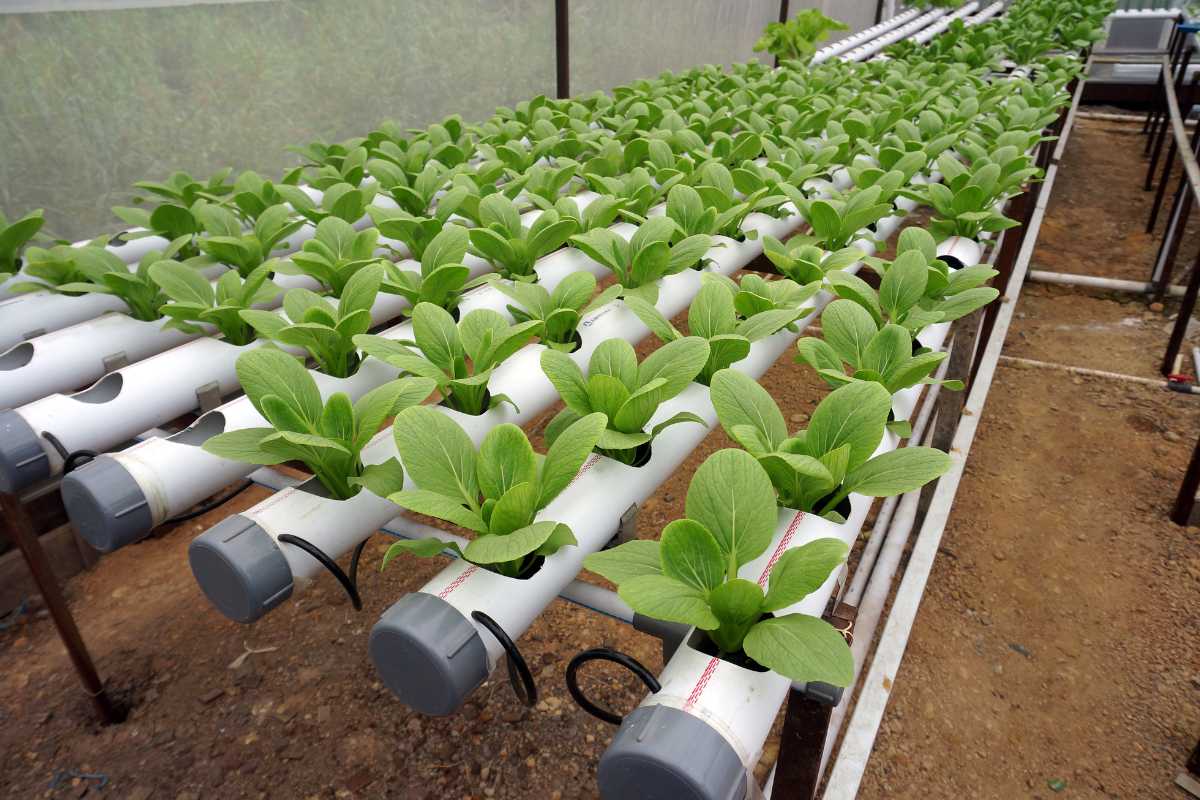
Hydroponics is a soilless system of growing plants that normally involves growing them under grow lights in a soil free environment. There are many types of hydroponic systems, but ultimately they all generally perform in the same way.
This method involves using a soluble nutrient solution dissolved in water that is constantly fed to the roots of the plant. The plants themselves are usually grown in a medium such as rock wool or sponge and in most indoor environments are grown under artificial lights.
With regular and perfectly dosed hydroponic nutrients delivered exactly where the plants require it, crop yields are higher than plants grown using traditional methods. The use of artificial lights and being grown in an indoor environment means that the production of food and plants can be all year round.
What is Aquaponics?
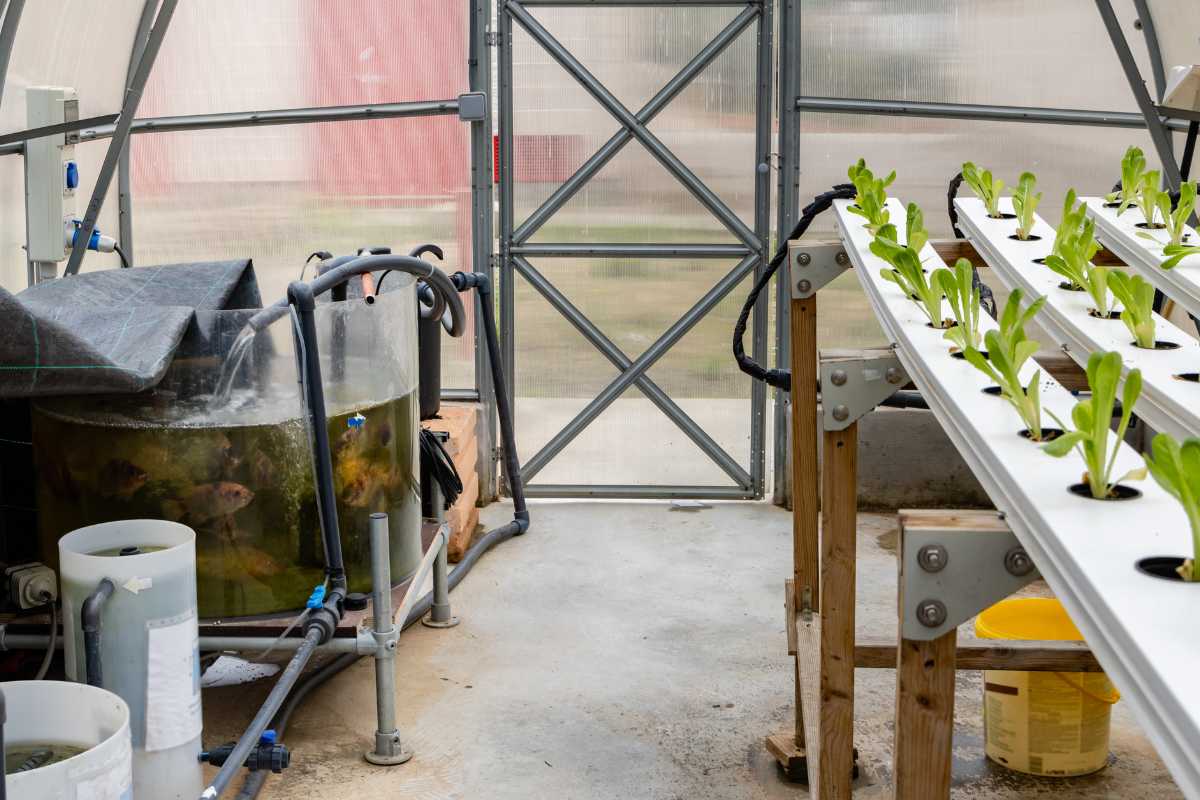
Aquaponics systems use a similar approach to growing plants. In an aquaponic farm, the reservoir that supplies the water to the plant roots, holds a population of fish.
This fish tank is actually an ecosystem in its own right for an ecosystem of growth that’s self-sustaining. Natural fish waste is broken down from ammonia into helpful nitrates by bacteria in the fish house. The nitrates are the organic nutrient supplements for organic growth.
In aquaponics, the grower feeds the fish and the fish feed the plants. It is a cycle that occurs in naturally in all bodies of water. Aquaponics mimics this symbiotic relationship between fish and plants.
Aquaponic techniques are usually scaled up and used by commercial growers in indoor farms. But can also be scaled down and small enough to reside on a countertop with grow lights for the plants.
Home aquaponics can actually turn into a great educational program for the kids. Learning how to grow and care for both plants and fish, while also learning about sustainability in nature.
Similarities Between Hydroponics vs Aquaponics
There are many similarities between the two growing techniques and offer similar benefits to growers.
Both grow systems are designed to optimize crop yields by growing plants in a soil-less environment. They also feed nutrients directly to the plant roots to promote efficient nutrient absorption and cause less root compaction.
Greater Plant Yields
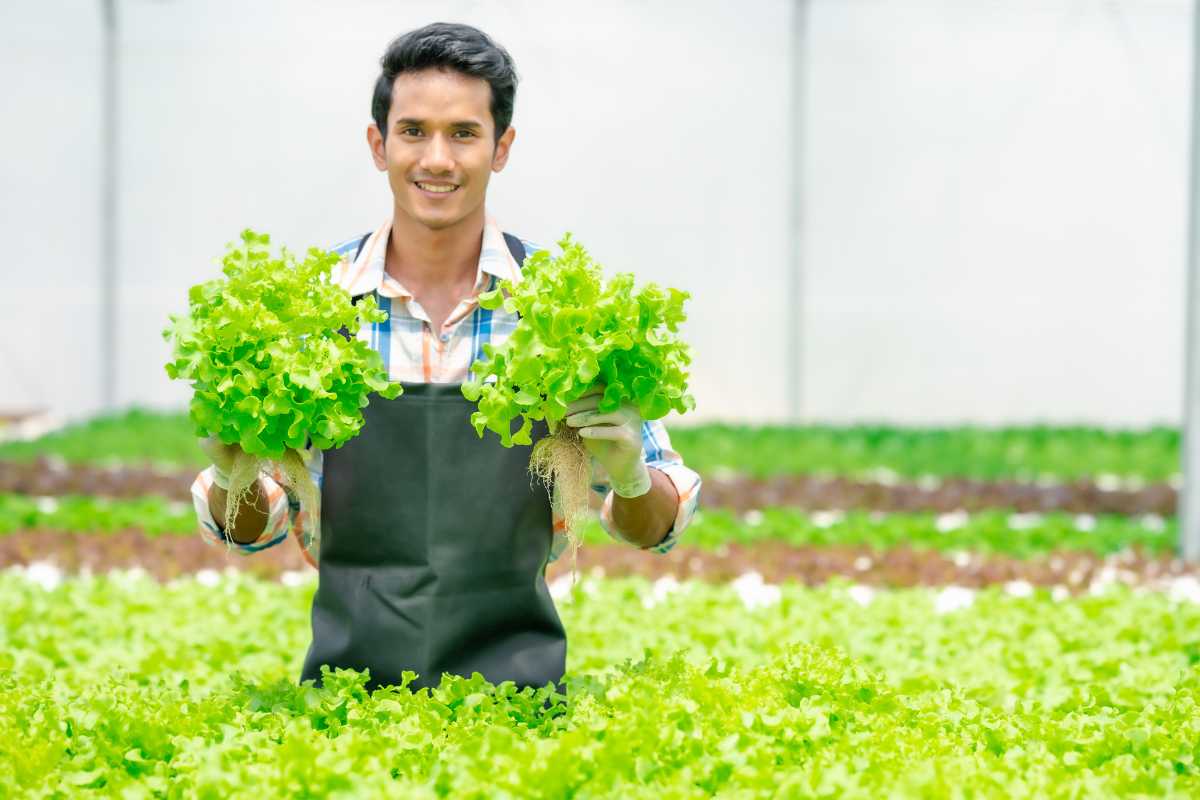
Soil can restrict the growth of roots and in doing so constrain a plant’s growth, potentially leading to the worry of root rot. Soil also harbors microbes and other pests that can be damaging to the plant.
With soil, it is also difficult to deliver the right amount of nutrients to the plants, even with heavy use of fertilizers. There is also weed pressure to account for.
On average, hydroponic growers and aquaponic growers will have crop yields that are 30% – 40% greater than those using traditional methods with soil. Both systems offer the opportunity to finely tune the growing environment.
High-levels of control are available over nutrient supply, available light, and disease and pest control. When grown indoors, factors like temperature are also easily controlled to suit the needs of the crop and root systems. With soil, there’s less control overall.
Limitless Growing Seasons
The high level of control over environmental factors offers another distinct advantage over traditional methods – year-round growing season.
Not only are crop yields higher than traditional methods, but for indoor systems, most crops can be grown all year round. It’s similar to teh purpose of greenhouse production and trying to lengthen the grow season for more efficient growth cycles.
For hobby growers with a typical indoor aquaponic or hydroponic system, supplemental lights are needed. LED lights are designed to mimic natural sunlight. This allows the plants to receive all the light needed for quick growth, even on the darkest winter day.
This is one of the main reasons that these methods are gaining such popularity with both existing and prospective growers. For commercial growers, the economic growth from being able to harvest plants all year is very attractive.
Good for the Environment
The hydroponic production process that these gardening methods use have a greatly reduced environmental impact when compared to traditional farming and gardening methods.
Being able to deliver the optimum solution of nutrients directly to the plant roots greatly reduces the amount of fertilizers required for each crop. This cuts down the ecological damage traditional methods can cause.
There are organic hydroponics fertilizer options that provide the concentration of nutrients for plants. No chemical nutrients are used that can potentially harm the environment.
The growing environment is also less prone to attack by pests that are prevalent in soil and outdoor gardens. In the outdoors, the migration of pests is inevitable, driven by forces like the wind and soil infestation.
This is far less likely to occur in the controlled indoor environments that these systems provide. The effect of this is to cut down and remove use of insecticides, pesticides, and other chemicals used in traditional methods that harms the environment.
Water usage is also cut by 90% when compared against soil-grown plants. Despite the fact that these are grown directly in water, most of the water is recycled back in to the water reservoir or fish tank. The plants only use the exact amount of nutrient-rich water they need for optimal growth.
Cost Effective
Even when considering the electricity use of light and pump systems that are normally required, these are both extremely cost effective methods of growing plants. When you consider the levels of food that they produce, not just once a year, but three or four times a year, these systems can quickly pay for themselves.
The LED lights that most of the systems use are energy efficient. Aquaponics needs extra power to maintain the correct level of oxygenation for the fish to thrive, but the overall power draw is still low.
Because the growing environments are indoors and contained, these are all predictable costs and can be budgeted. With soil gardens, it’s hard to estimate because the weather can change quickly.
Plant-to-Plate Freshness
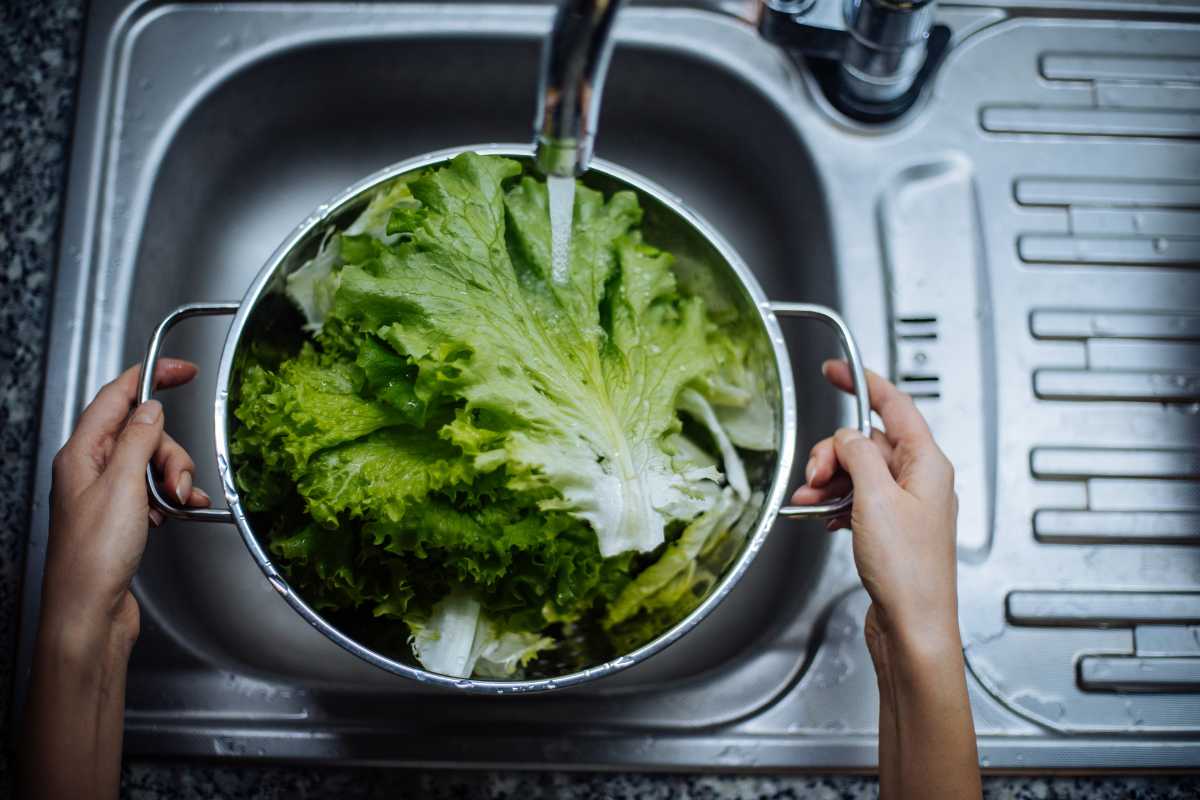
As every hobbyist hydroponic farmer will tell you, one of the great delights of these systems is the straight from plant-to-plate freshness of the produce that they produce.
Leafy greens for your salads don’t languish in transit and the supermarket shelves before reaching your plate. You can literally harvest them seconds before your meal.
Strawberries in the middle of winter, cherry tomatoes in the fall, and fresh herbs 365 days a year are all possible for all your delicious meals.
Differences Between Aquaponics vs Hydroponics
There are many similarities between the systems, they are both wonderful grow methods that achieve the same end goal by growing plants in soilless environments. These grow techniques yield better growing mediums for root systems to aid nutrient absorption.
However, there are key differences between them and how they operate. In this section, I discuss notable differences between hydroponics and aquaponics. I’ll also give my opinion on which method has more of an advantage.
Design and Components
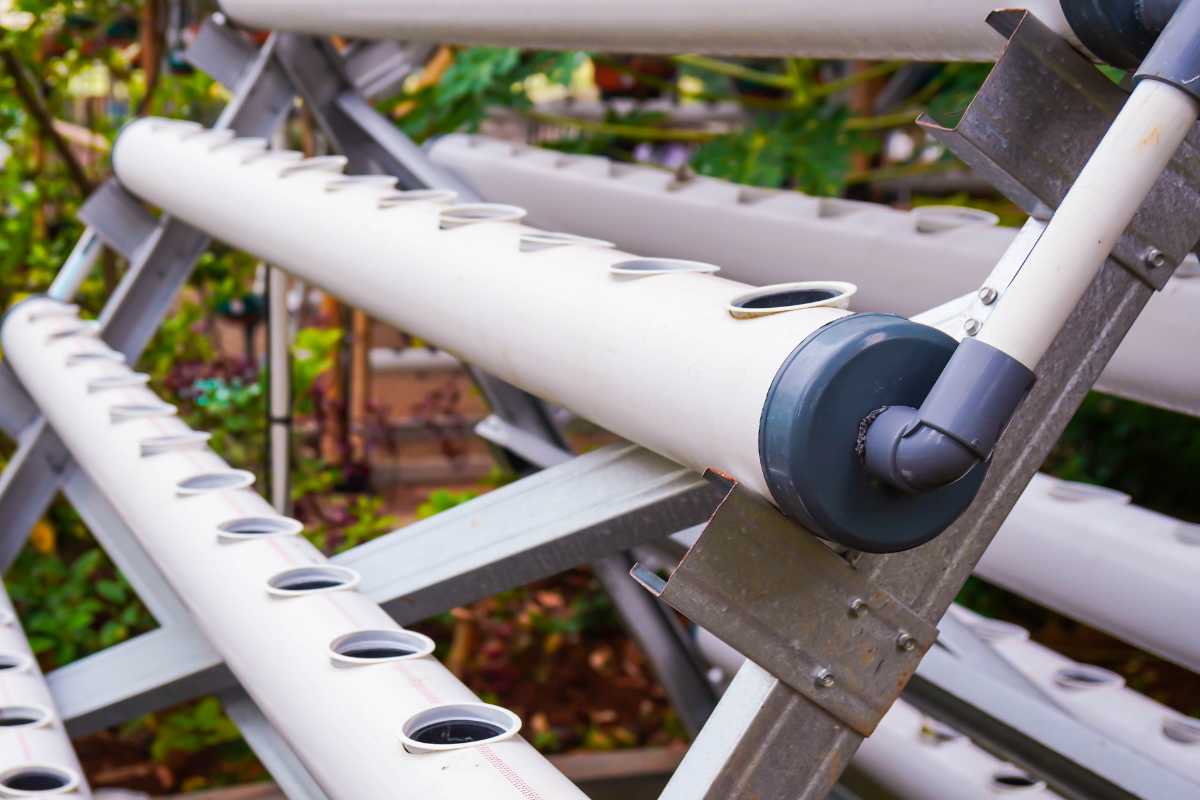
When comparing the two systems, the primary differences come from the equipment they use, because one has fish and the other doesn’t.
Aquaponic systems have a larger square footage space requirement for grow beds than hydroponics, because of the need for fish as a core component. Typically, hydroponic systems will require grow beds of around 6″ in depth, aquaponic systems require at least twice this.
Another difference is the growing medium. In traditional hydroponics, plants grow with the roots immersed directly into the water, which is the growing medium.The water mixes with liquid plant nutrients to result in hydroponic fertilizers that feeds the plants.
In aquaponics, there are no man made supplements for nutrients, it’s all organic nutrient cycling. The fish and their waste are the plant feeding solutions. Bacterial organisms in the fish tanks convert fish waste into the nitrates that provide the essential nutrients for plants.
Winner – Hydroponics is the winner in this category, because aquaponics requires extra space and equipment to accommodate the fish.
Operations and Running Costs
The regular, operational costs for aquaponics differs from hydroponics due to the cost of fish vs. chemical nutrients.
The hydroponic growth method requires the purchase of plant food to create the nutrient solution in hydroponics.
The aquaponic method doesn’t need plant food, because the organic waste produced by fish provides the nutrients for plant growth. But there is a need to buy fish food and other components to provide things for the fish, like access to oxygen.
Aquaponics need components to keep oxygen levels in the water high enough that it can support a healthy population of fish. The water in these systems needs regular pumping and cycling of extra oxygen to ensure healthy fish.
The additional oxygen needs of fish requires careful monitoring by fish producers to prevent fish death. There’s an inherent risk with aquaponics because of possible diseases and a lack of fish that would prevent consistent fish harvests and necessary nutrients for plants.
Winner – Hydroponic food production is the cheaper option for overall running costs. There are no extra plumbing systems and drain systems required, because there’s no fish to care for.
Startup Costs and Speed

When comparing the startup costs, one obvious extra startup cost is the expense of fish. This can vary depending on the types of fish you intend to stock and the number of them.
There is also the added expense of a growth medium in aquaponic setups, these are not necessarily required in hydroponic systems.
Except for these two factors, the start up costs of the two methods are similar. But there is one other factor to be considered when looking at getting started, and that is the time taken to get the system up and running.
With a hydroponic system, the nutrient solution requires stabilizing for only a day or two at the most before you can begin to grow plants. Aquaponics require longer, the water needs to “mature” before you can begin to grow.
With aquaponics, it can take several weeks before planting. This time is required to allow for healthy, microbial populations of beneficial microbes to establish itself. The bacteria is essential as it’s the natural source that produces the nutrients from the aquaponic fish waste.
This process can take up to three months before the tank produces enough to grow plants. Even then, it is recommended that plants that have low nutrient requirements, such as leafy greens, are used in the first grow as the nutrients will still not be at optimal levels.
Winner – Hydroponics wins this round again, because it can be up and running from scratch in a few days.
Self-Sustaining Ecosystem
Hydroponics requires a constant supply of soluble nutrients to be added to the water, as such it cannot be considered a “self-sustaining” ecosystem. Nutrients rely on chemical applications to reach the nitrate levels for plant growth.
The source of nutrients within an aquaponics system is entirely within a contained, sustainable ecosystem, because the whole cycle is natural and organic.
Winner – The Aquaponics solution is the winner here because it uses non-chemical methods to produce plant food that is generated by the waste from fish.
If you’re interested in seeing a full-on commercial aquaponics farm, check this video out:
Plants That Can Be Grown
Being able to adjust the nutrient concentration in hydroponic systems means you can use these systems to grow a wider range of plants that have higher nutrient requirements.
With aquaponics setups, the choice of plant is restricted to lower crops that have lower nutrient needs due to the lower nutrient levels in the water.
Winner – Hydroponic gardening is a better system for growing a wider variety of crops.
Water Factors
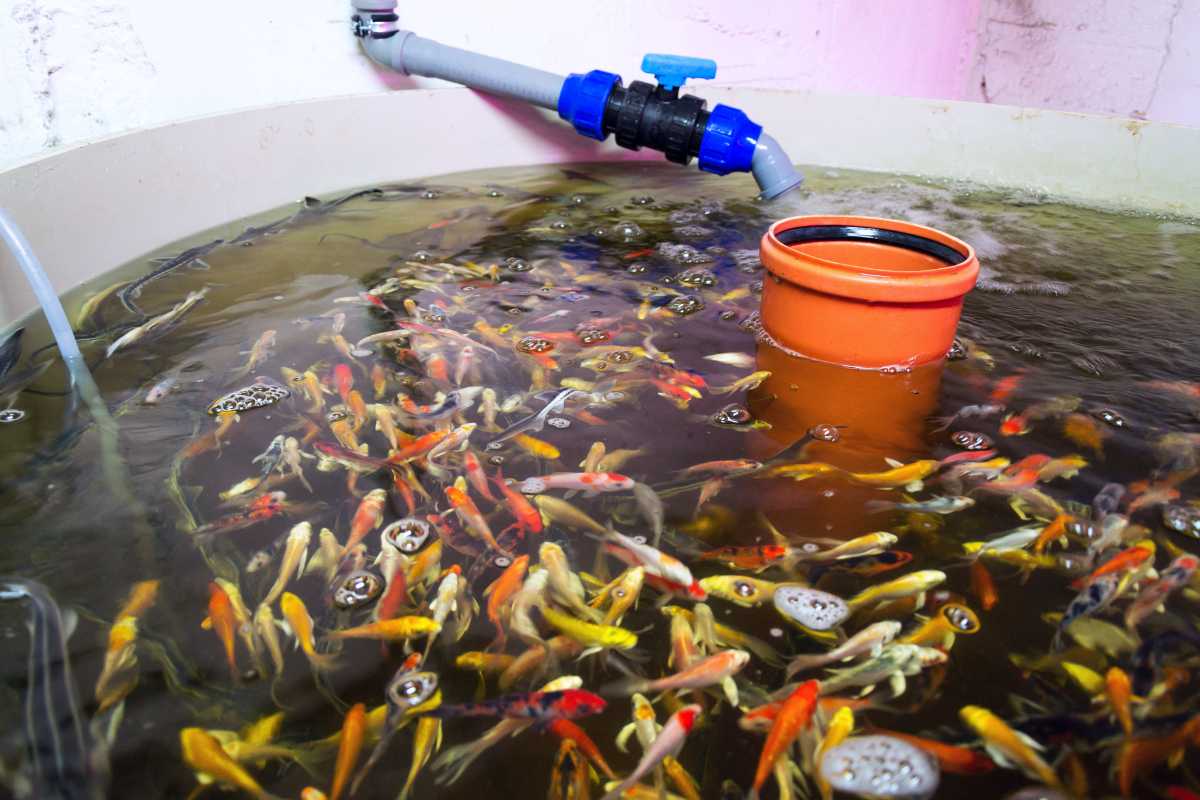
Water is water right? Not when it comes to these systems, both systems can usually be filled and replenished with tap water. But both have specific requirements that must be monitored.
With aquaponics, one primary consideration is the acidic environment of the water. In aquaponic systems, the pH level needs to be between 6.8 and 7.0. This has the knock on effect of choosing plant types that can also thrive in these conditions.
Hydroponics has a lower, optimum pH level of between 5.5 and 6.0. This isn’t a good natural level that fish can survive in.
For Hydroponics, the electrical conductivity of the water must be considered. This varies depending on the salts present in the water from growers using salt-based fertilizers. In hydroponics, the monitoring of nutrients and careful planning of a nutrient solution cycle is essential.
In aquaponics, this isn’t a consideration due to the low salt levels found in fish waste.
Water temperature is another consideration. Warm water is the perfect environment to allow fungus to thrive. The water temperature in hydroponic grow systems must be kept cooler to avoid this happening.
With aquaponics, the aquatic temperature can be warmer as the aquaponic fish act to keep the fungus levels low.
Winner – Aquaponics is a more self-regulating system when it comes to water factors, the water maintains itself with minimal inputs from the grower.
Insect Control
Both these systems face less insect pressure than soil-based gardening, but they’re not immune to the insection problem either. There are still some insects that could show up, such as spider mites and aphids.
With Hydroponics, standard pesticides can be used to treat the insect problem. Be careful you’re not harvesting plant-to-plate though. You’ll want to wash the harvested plants first.
Aquaponics growers have to be more careful when treating any insect infestation as pesticides are harmful to the fish in the aquatic environment.
Winner – Hydroponics is the winner when it comes to insect control. Standard pesticides can be used as needed to sustain healthy plant growth.
Final Thoughts on Hydroponics vs Aquaponics
There are compelling arguments on both sides of the Hydroponics vs Aquaponics debate. Ultimately, much of this is down to personal preferences.
They both shine when compared to traditional gardening, both are ecologically sound. Which can make it difficult when it comes to choosing between the two systems.
For an entirely self-contained ecosystem that uses natural and organic nutrients, then aquaponics has the edge.
Hydroponics give growers more control over nutrient levels, and can promote faster growth and use less growth medium to support boosted root growth.
There is one factor I have yet to discuss, and this could be a deciding factor when considering arguments for aquaponics.
Keeping fish is fun for the whole family too, kids and parents together.
This fun is enhanced by turning your fish tank into an ecosystem that produces beneficial microorganisms that feed plants and put food on your table. That’s quite magical.
Education and fun is one of my main goals with my Smart Garden and Home blog. I think there’s so much that parents and kids can learn and experience together with smaller countertop indoor garden kits.
For Hydroponics, an AeroGarden Kit like this AeroGarden Bounty Elite is easy to maintain and grow plenty of herbs and vegetables for the family.
- In-depth Review: AeroGarden Bounty Garden Kit Reviews
For Aquaponics, the AquaSprouts Garden is a fun, self-sustaining desktop aquarium and aquaponics ecosystem. Fish tank on the bottom half and herbs/vegetables on the top half.
Learn more about other growing methods:



